How to Cultivate a Good and Complete Earthworm
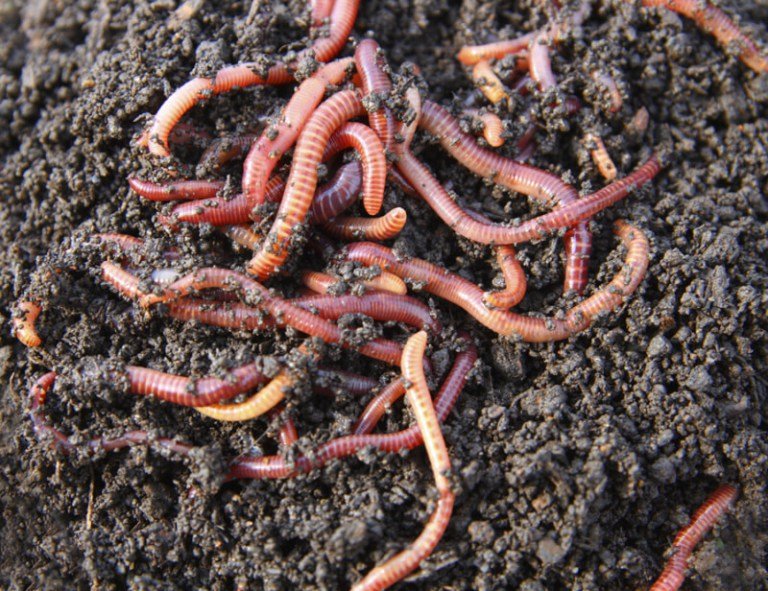
Worm Cultivation - Earthworm is one of the living creatures that live in resistance and provide many benefits for the order of human life. The benefits of earthworms include enriching agricultural land, improving and maintaining soil structure, increasing surface water absorption, increasing the benefits of organic waste materials, ornamental fish food and fish ponds and animal feed.
For mancing mania is usually used for fishing bait and no less interesting earthworms are sought for ingredients of the drug industry and cosmetics industry. The multidisciplinary potential of this earthworm is increasingly increasing both in the commercial and financial direction, as one of the lucrative branches of business. Therefore, the earthworm is feasible to be cultivated intensively with agribusiness orientation.
A Brief History of Earthworms

Earthworms include low-level animals because they do not have tulan behind ( invertebrates ).Earthworms belong to the Oligochaeta class . The most important families of this classMegascilicidae and Lumbricidae Earthworms are not animals that are foreign to our society, especially for rural communities. But this animal has tremendous potential for human life and well-being.
Center Animal Husbandry Ranch
The center of the largest worm farms in West Java, especially Bandung, Sumedang and surrounding areas.
Type of Earthworm

The most widely developed species of humans originate from the family Megascolicidae andLumbricidae with the genera Lumbricus, Eiseinia, Pheretima, Perionyx, Diplocardi and Lidrillus.
Some types of earthworms that are now widely farmed include: Pheretima, Periony and Lumbricus .These three types of earthworms like organic materials derived from manure and plant debris.
Lumbricus type earthworm has a flat body shape. The number of segments owned around 90-195 and klitelum is located in segment 27-32. Usually this type loses to compete with other types so that the body is smaller. But when grown large, the body can equal or exceed other types.
Pheretima type earthworm segment reached 95-150 segments. The previous clause lies in segment 14-16. His body was long and cylindrical shaped purplish red. Earthworms belonging to thePheretima species include red worms, koot worms and worm necklaces.
The Perionyx - type earthworms are dark purple to red-browned with the number of segments 75-165 and the previous clusters are located on segments 13 and 17. These worms are usually slightly spoiled, so in the maintenance it needs more serious attention.
Lumbricus Rubellus type worms have more advantages over the other two types, due to their high productivity (weight gain, egg production and the production of worm "kascing") and not much movement.
The Benefits Of Earthworms
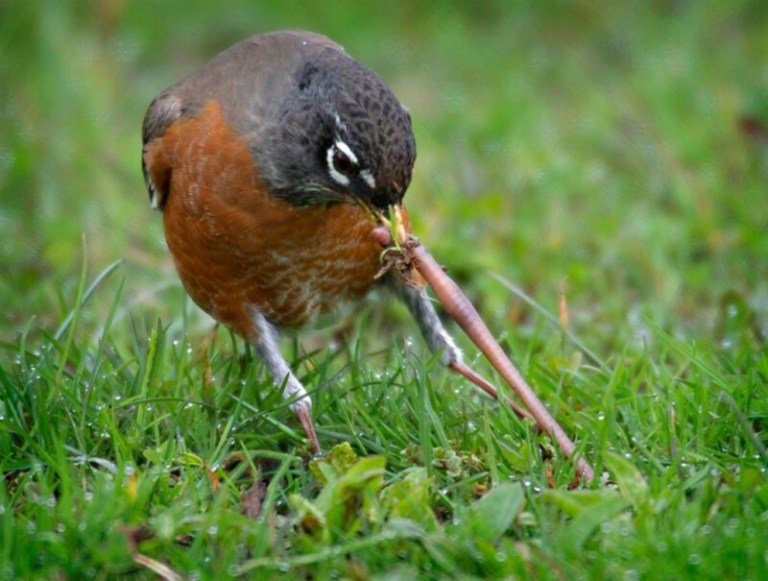
In agriculture, the worm destroys organic matter so as to improve aeration and soil structure. As a result the land becomes fertile and nutrient absorption by the plant becomes good. The existence of earthworms will increase the microbial population that benefits the plant. In addition, earthworms can be used as:
Animal Feed Material
Thanks to its high protein, fat and mineral content, earthworms can be used as animal feed such as poultry, fish, shrimp and frogs.Raw Material Drugs And Ingredients For Disease Healing.
Traditionally earthworms are believed to ease fever, lower blood pressure, heal bronchitis, joint rheumatism, toothache and typhoid.Cosmetic Raw Materials
Worms can be treated for use as a skin moisturizer and raw material for making lipsticks.Human Food
Worms are a potential source of protein to be included as a human foodstuff like beef or chicken.
Location Requirements Or Earthworm Media
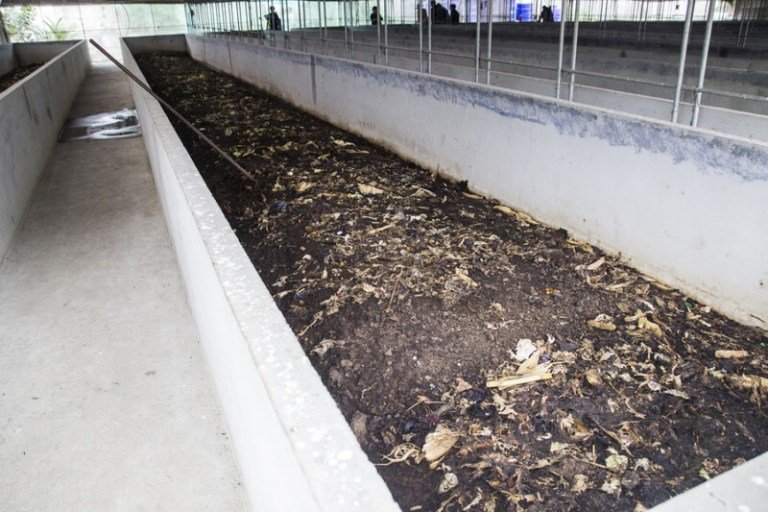
- Soil as a living medium worms must contain large amounts of organic matter.
- Soil organic materials can come from litter (deciduous leaves), cattle dung or dead plants and animals. Earthworms like rotting materials because they are more easily digested by the body.
- For good growth, earthworms require slightly acidic soil until neutral or ph about 6-7.2. With this condition, the bacteria in the earthworm body can work optimally for decay or fermentation.
- Optimum humidity for growth and proliferation of earthworms is between 15-30%.
- The temperature required for the growth of earthworms and cocoon hatching is about 15-25 degrees C or lukewarm. Temperatures higher than 25 degrees C are still good as long as there is enough shade and optimum humidity.
The location of earthworm maintenance is attempted for easy handling and supervision and not exposed to direct sunlight, for example under shade trees, on the edges of houses or in special rooms (permanent) whose roofs are made of materials that do not continue the rays and do not store heat.
Technical Guidelines for the Cultivation of Earthworms
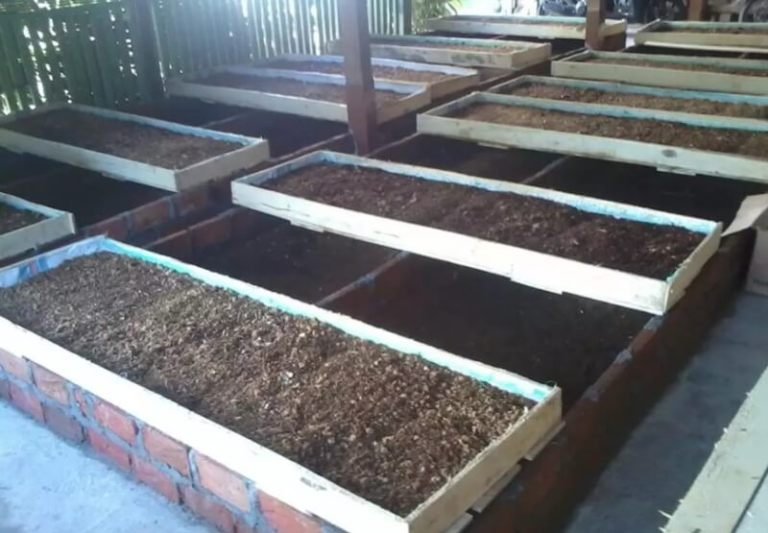
1) Preparation Of Facilities And Equipment Making The Cage Should Use Cheap And Easily Available Materials Such As Bamboo, Rumbia, Used Boards, Fibers And Clay Tile.
One example of a permanent cage for large-scale farms is the size of 1.5 x 18 m with a height of 0.45 m. Inside are made of multilevel shelves as a place of maintenance containers.The cage building can also be without walls (open buildings). Cultivation system models, among others, shelves of trays, stacked boxes, stratified fishing rods or fishing rods.
2) Nurseries
Preparation required in the cultivation of earthworms is a mixture of growing media, providing superior seeds, preparing for a worm cage and a protective cage.
1. Selection of Prospective Seedling
Preferably in the breeding of earthworms commercially used seeds that already exist because it is needed in large quantities. But if it will start from a small scale can also be worm seed worms from nature, namely from a pile of decaying garbage or from an animal waste disposal.
* Maintenance of Prospective Seedling
Maintenance can be divided into several ways:
- Maintenance of earthworms as much as possible according to the place used. Earthworms can be selected young or adult. If the nest is about 0.3 m high, 2.5 m long and 1 m wide, it can accommodate about 10,000 adult earthworms.
- Maintenance starts with a small amount. If the number has increased, some earthworms are moved to another tub.
- Maintenance of combination of ways 1 and 2.
- Special maintenance of cocoon to child, after adult in moving to another tub.
- Maintenance of specialized adult worms as seeds.
3. Breeding System
If the maintenance media is ready and the earthworm seeds already exist, then the planting can be immediately implemented in the container maintenance. Existing earthworm seeds are not at once incorporated into the media, but should be tested bit by bit. Some seeds of earthworms are placed on top of the media, and then observed whether the worm seeds enter the media or not. If seen in, new seed worms are included.
Every 3 hours once observed, there may be wandering on the media or some are leaving the media (container). If within 12 hours no one leaves the container means the earthworm is comfortable and the media is suitable. Conversely, if the media does not match, the worm will roam the surface of the media.
To overcome this, the media should be replaced immediately with a new one. Repairs can be done by watering with water, then squeezed until the juice looks clear (not black or dark brown).
4. Reproduction, Marriage
Earthworms include hermaphrodite animals, which have male and female genitalia in one body. However, for fertilization, it can not be done alone. From the marriage of a pair of earthworms, each will produce one cocoon containing the eggs.
The cocoon is oval and about 1/3 the size of a match. This cocoon is placed in a humid place.Within 14-21 days the cocoon will hatch. Each cocoon will produce 2-20 tails, an average of 4 tails.
It is estimated that 100 worms can produce 100,000 worms within 1 year. Earthworms begin to mature after 2-3 months of age characterized by a bracelet (klitelum) on the front of the body. For 7-10 days after marriage the adult worm will produce 1 cocoon.
3) Maintenance
1. Feeding
Earthworms are fed once a day overnight as much as the weight of earthworms that are planted. If the planted 1 Kg, then the feed should be given must also be 1 Kg. In general, earthworm feed is in the form of all animal waste, except dirt that is used only as a medium.
Things to consider in the feeding of earthworms, among others:
- The feed given should be powdered or pulp by blender.
- The feed slurry is sown flat on the medium, but does not cover the entire surface of the media, about 2-3 of the container crates are not sprinkled with feed.
- Feed is covered with plastic, sacks, or other materials that are not translucent.
- Subsequent feeding, if still remaining in the previous feed, should be stirred and the amount of feed given is reduced.
- The feed slurry to be applied to earthworms has a water ratio of 1: 1.
2. Media Substitution
Media that has become soil / kascing or that has many eggs (cocoon) should be replaced. In order for fast worms to flourish, eggs, children and mothers are separated and grown on new media. The average media replacement is done within 2 weeks.
3. Birth Process
Materials for nesting media are: animal waste, foliage / Fruit, banana stem, household waste, market waste, newspaper / cardboard / wooden / wood pulp.
Available materials are first cut along 2.5 Cm. Various ingredients, except livestock manure, are stirred and added water and then stirred again. The ingredients of mixed and cattle dregs are combined with a percentage comparison of 70:30 plus enough water to keep them wet.
Pest And Earthworm Disease
The success of raising earthworms can not be separated from the control of pests and enemies of earthworms. Some pests and enemies of earthworms include: ants, beetles, birds, centipedes, centipedes, flies, rats, frogs, squirrels, chickens, ducks, snakes, geese, leeches, lice and others.
Also feared enemies are red ants that feed on earthworms containing carbohydrates and fats. Though both of these substances are needed for fattening earthworms. Prevention of red ant attack is done by means around the container maintenance (mined) given
enough water.
Harvest earthworms
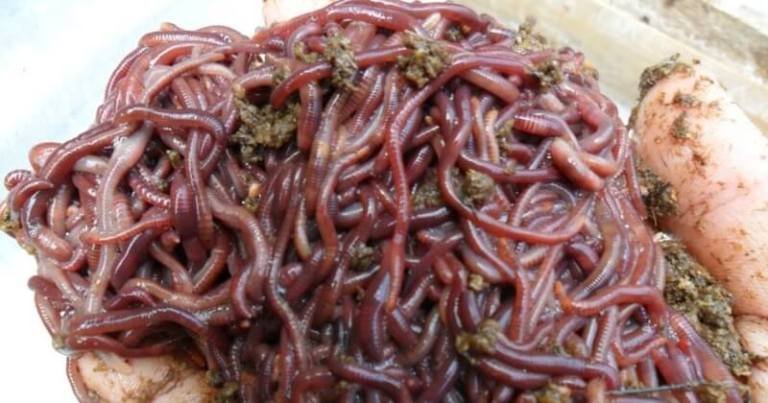
In raising earthworms there are two important (main) results that can be expected, namely biomass (earthworm itself) and kascing (worm). Harvest worms can be done in various ways one of them is by using lighting tools such as lamps, neon lamps or bulb. Earthworms are so sensitive to light that they will gather at the top of the media. Then we just separate the earthworm with the medium.
There is a more economical way of harvesting by reversing the hive. Behind this dark nest this worm is usually gathered and worms easily collected, then the nest is turned back and separate the worms left behind.
If at the time of harvest has seen the existence of cocoon (eggs), then the nest returned to the original container and fed to about 30 days. In that time period, the egg will hatch. And earthworms can be taken to be transferred to a new breeding container and the cuttings are ready for harvest.
Well That's how to raise earthworms, may be useful to all of us Whaleshares friends and hope you guys like it follow me @bangboy umpt and thankyou

Your opinion is celebrated and welcomed, not banned or censored!

